- handy thing
- no power
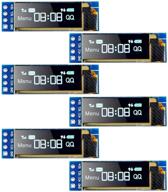
8
·
Very good

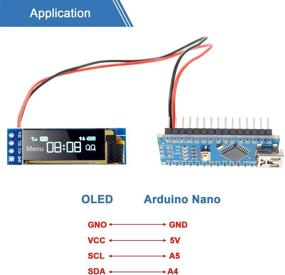
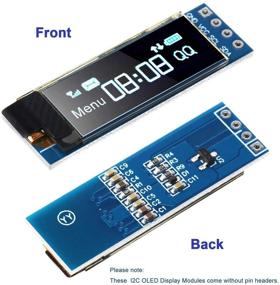
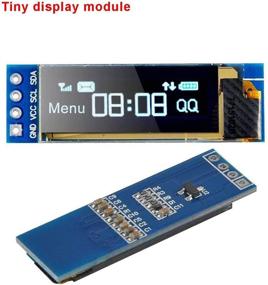
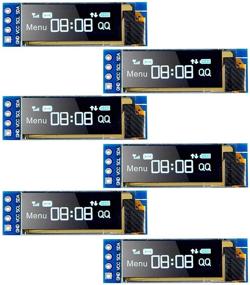
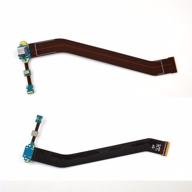
🔌 Samsung Galaxy Tab 3 GT-P5200 GT-P5210 10.1 Micro USB Charger Port Flex Cable

9 Review

Smartphone Samsung Galaxy A51 4/64 GB, Dual nano SIM, black

32 Review
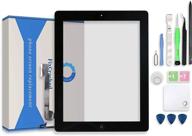
📱 Fixcracked iPad 4 Touch Screen Replacement Parts Digitizer Glass Assembly + Professional Tool Kit - Black

9 Review
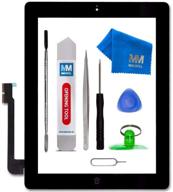
High-Quality MMOBIEL Digitizer Compatible with iPad 3 (Black) - 9.7 Inch Touchscreen Front Display Assembly with Tool Kit - Premium Choice for iPad 3 Repairs

9 Review
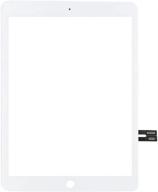
🔧 Premium White LCD Glass Digitizer Repair Kit for iPad 6 (6th Gen) - 9.7" 2018 (A1893, A1954)

6 Review

💙 0.91 Inch Blue I2C OLED Display Module for 5 Pieces, with DC 3.3V~5V I2C OLED Screen Driver

7 Review
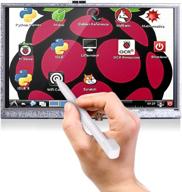
🖥️ Longruner 5" Raspberry Pi Touch Screen - 800x480 TFT LCD Display for Model 3, 2, 1 B/B+, A/A+ (LSC5A)

8 Review
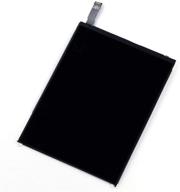
📱 Aukilus LCD Screen Replacement for iPad Mini 2 3 MINI3 Mini 2 Retina - A1599 A1600 A1601 Mini 2 Mini2 A1490 A1491 LCD Display 7.9" Tablet Repair Parts and Tools Included

6 Review
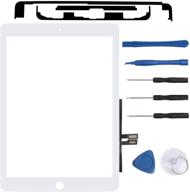
Li SUN Digitizer Replacement Adhesive Without

10 Review
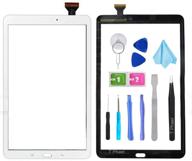
OEM White Touch Screen Digitizer Replacement for Samsung Galaxy Tab A 10.1 - Glass Parts Compatible with T580 T585 SM-T580 SM-T585 2016 (LCD Not Included) + Tools Kit & Pre-Installed Adhesive

9 Review
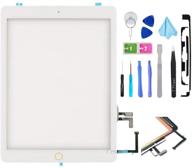
Phael Digitizer Replacement PreInstalled Adhesive Tablet Replacement Parts

9 Review
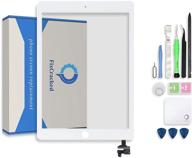
🔧 Premium White Fixcracked Touch Screen Replacement Parts for iPad Mini 3 (A1599 A1600) - 7.9 inch 2014 Digitizer Glass Assembly + Professional Tool Kit

10 Review